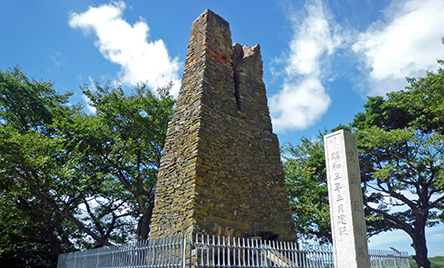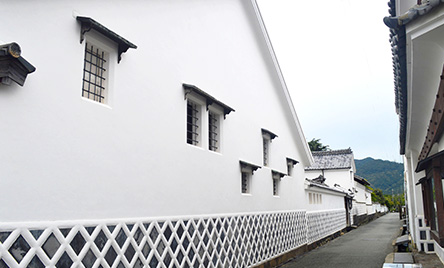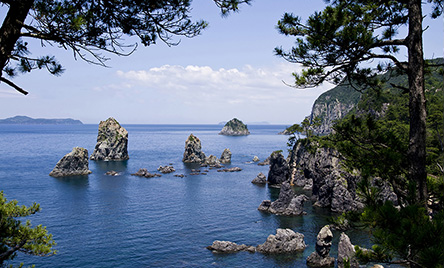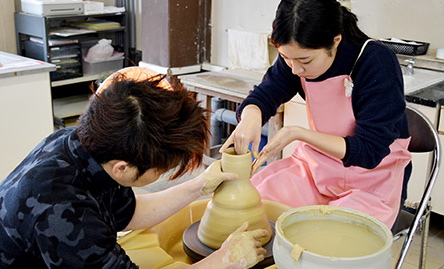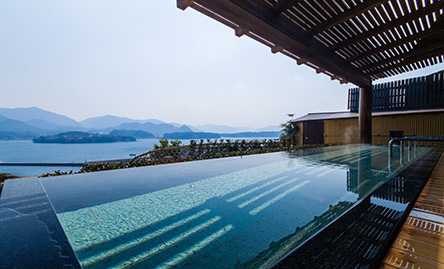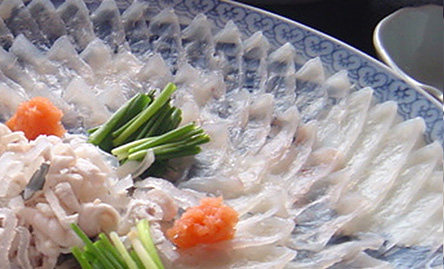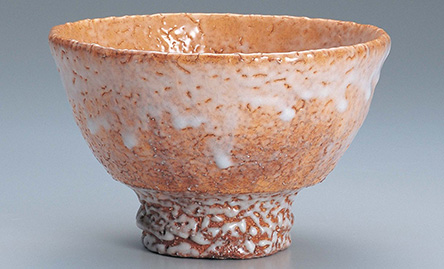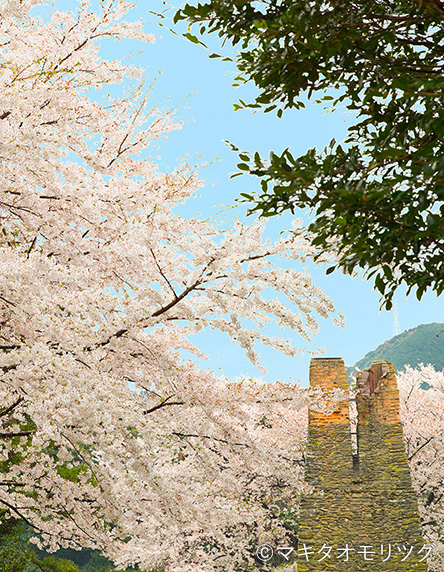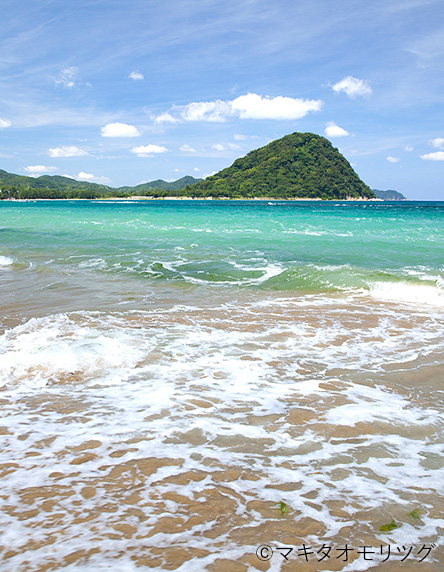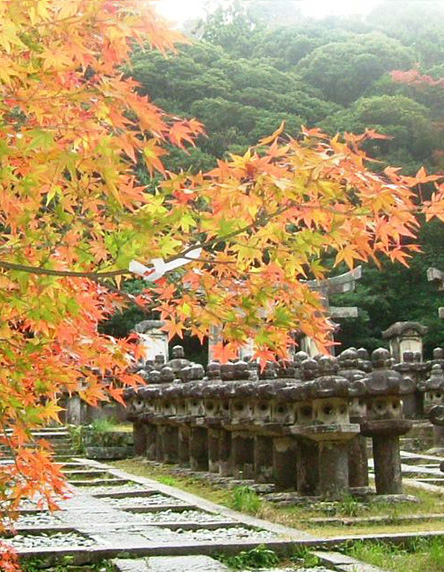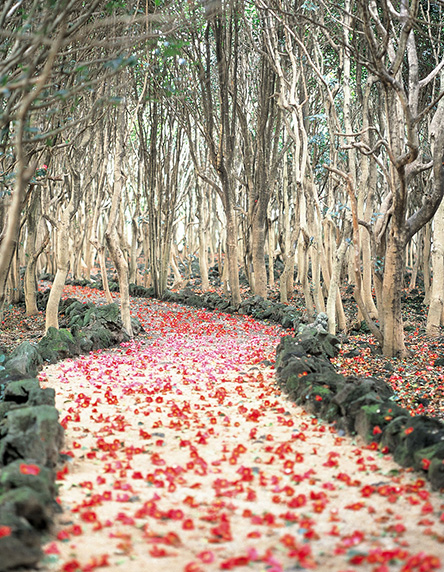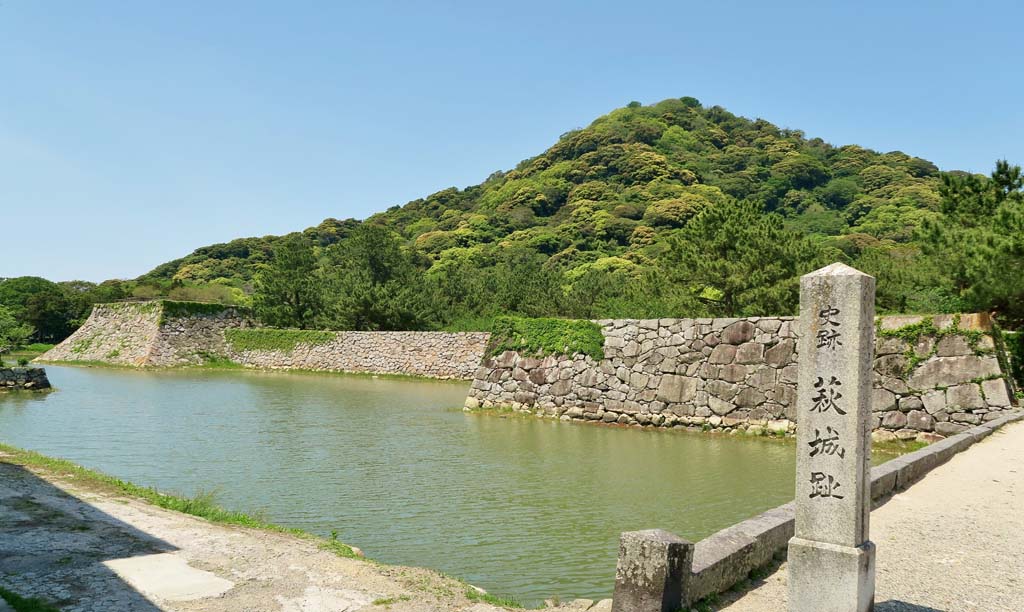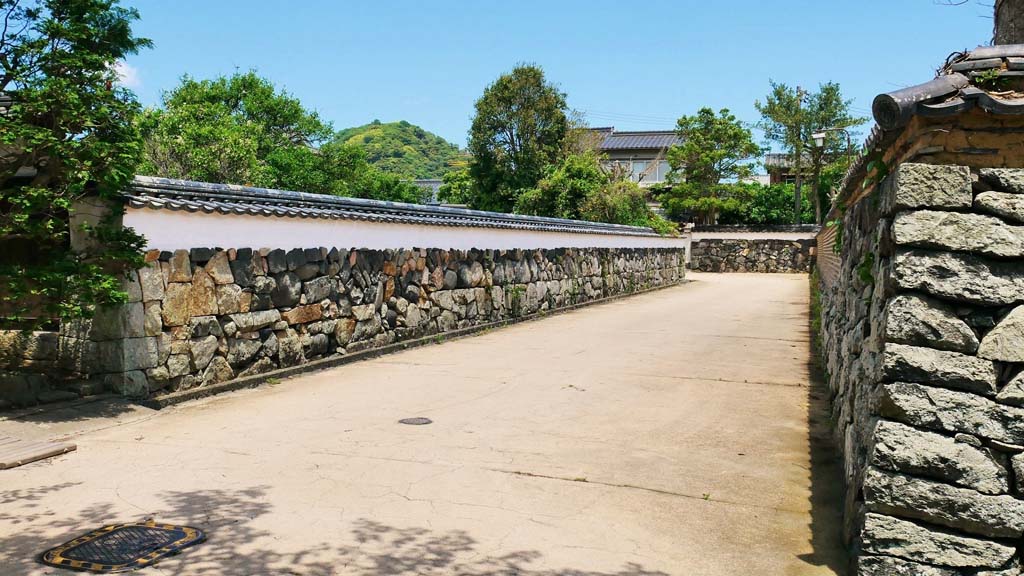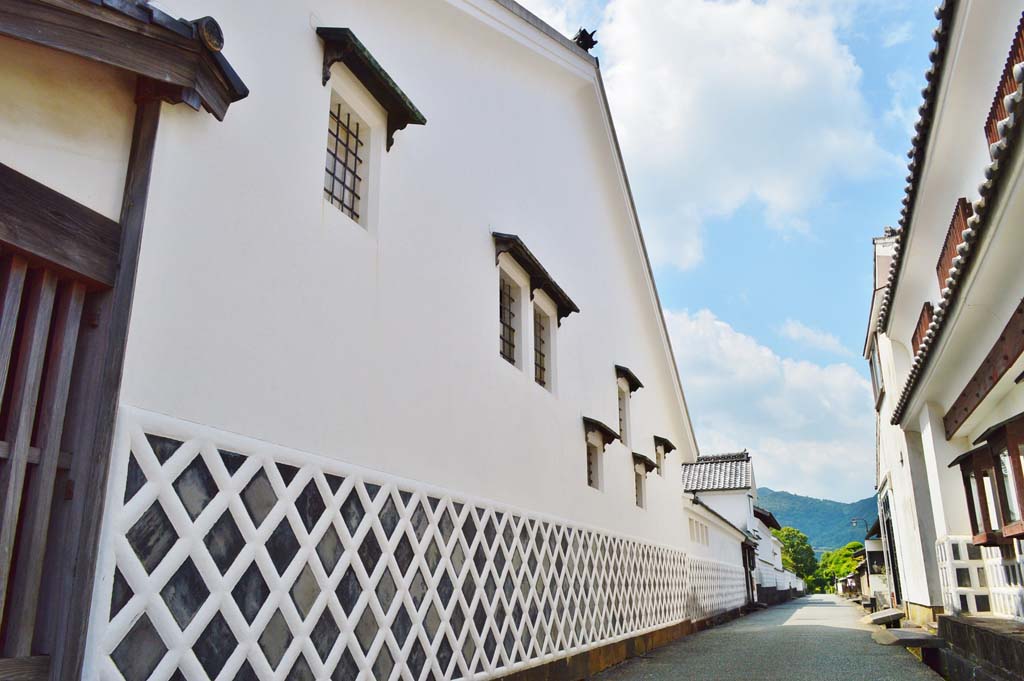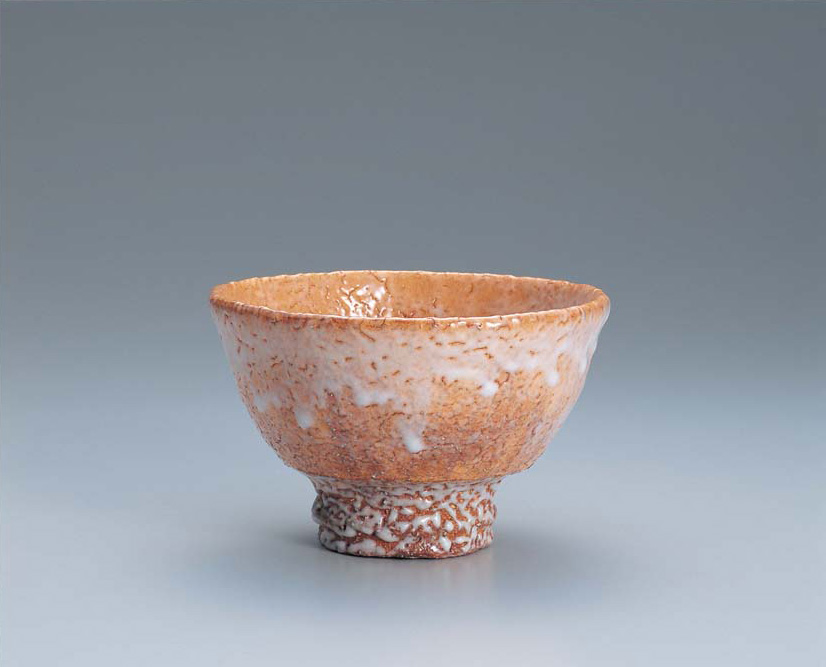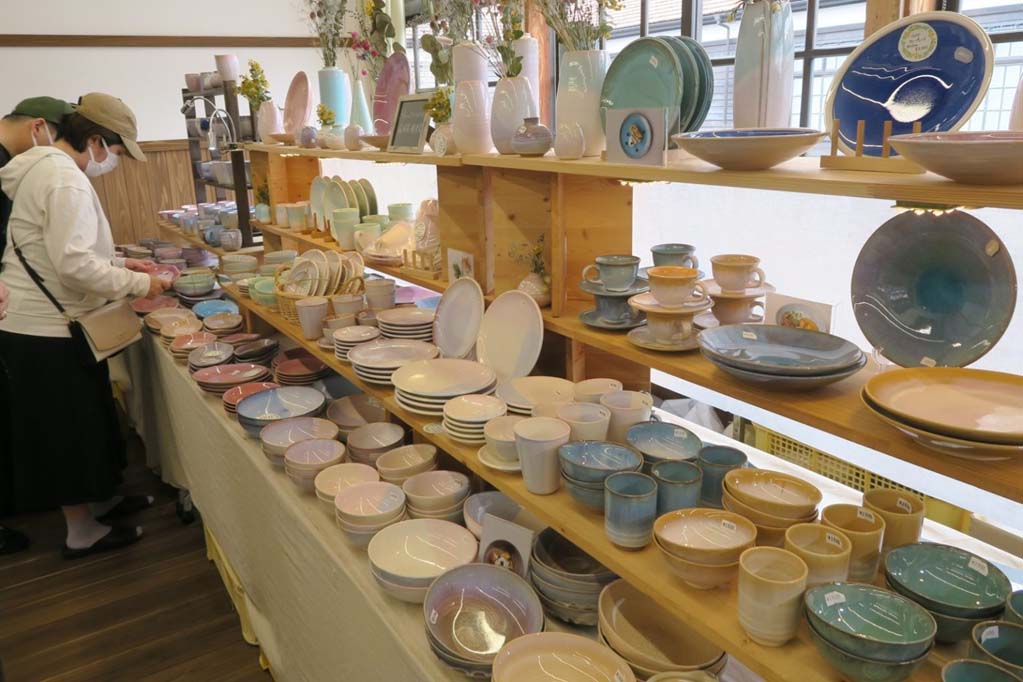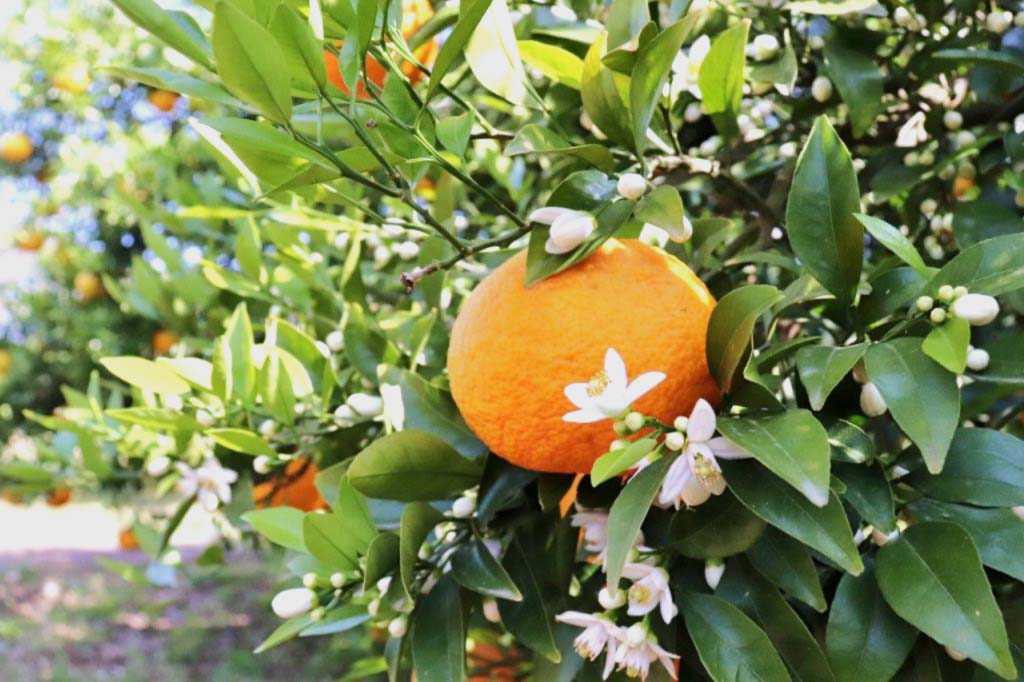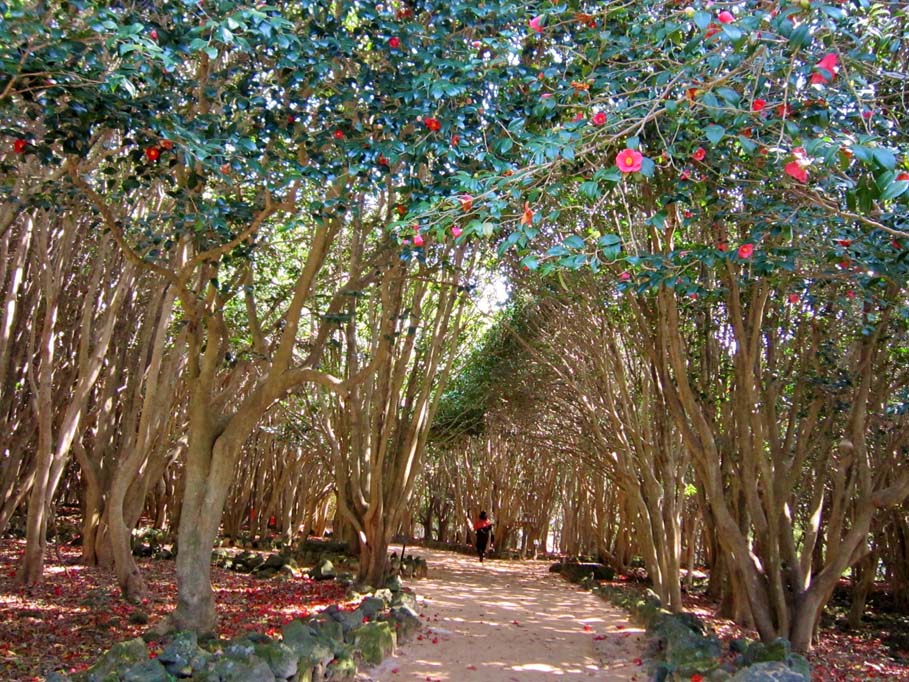There is so much to see in Hagi thanks to its rich history, culture, and natural heritage.
The city of Hagi is located in the northern part of Yamaguchi Prefecture, surrounded by the sea and mountains with rich natural scenery. Yamaguchi Prefecture is situated in the westernmost part of the Japanese island of Honshu, adjacent to the prefectures of Hiroshima and Fukuoka.
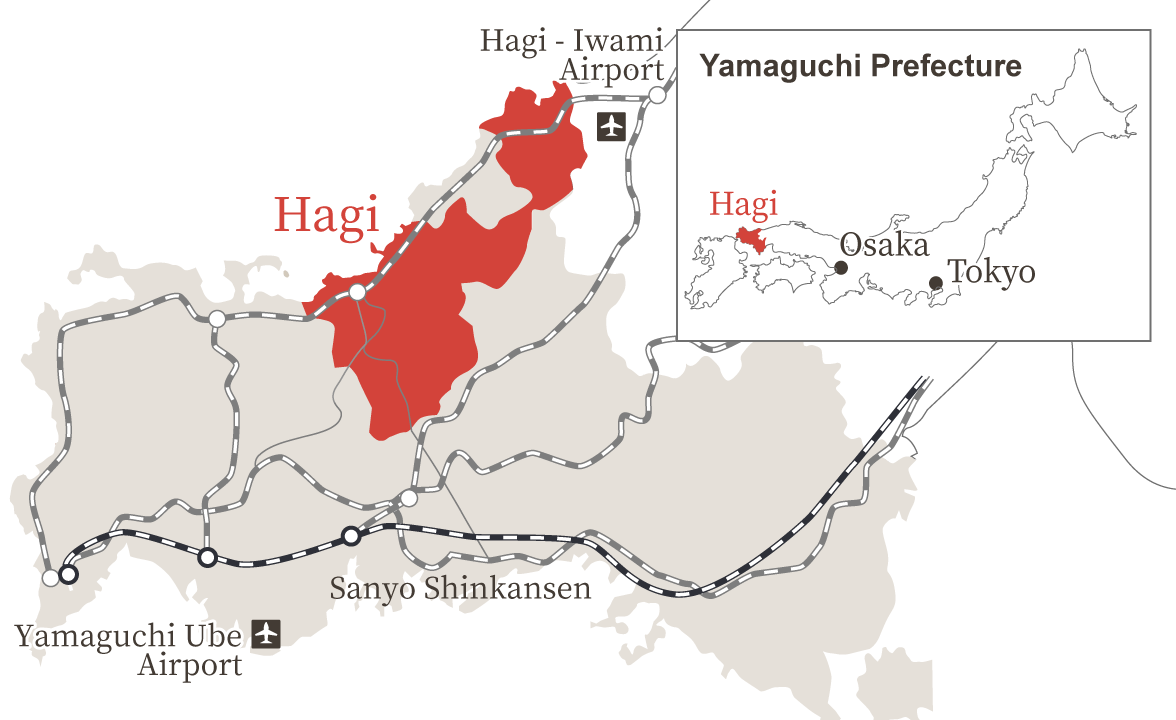
This area flourished as a castle town for about 260 years after the Mori family, which were originally a
powerful clan of the feudal era, moved to Hagi and built Hagi Castle in 1604.
Hagi has been fortunate enough to escape major damage from natural disasters and wars since the Edo period,
and for that reason, it has carefully preserved the same town layout and buildings that it had centuries
ago.
Hagi Castle no longer exists, having been torn down some time ago, but the old streets of the castle town
still remain in Hagi’s city center. Old earthen walls, white plaster walls, and stately samurai residences
remain. A stroll through the town gives you a sense of what the Japan of old looked like.
In the 1860s (the end of the Edo period and start of the Meiji period), when Japan was going through a period
of change, the people of Hagi began to actively study Western technology and mounted their own attempts to
modernize their industries through trial and error. Valuable remnants demonstrating Japan’s modernization
process still survive in Hagi, and in July 2015, these remnants were registered as a UNESCO World Heritage
Site under the name “Sites of Japan’s Meiji Industrial Revolution: Iron and Steel, Shipbuilding, and Coal
Mining.” It consists of 23 assets scattered throughout Japan, five of which are in Hagi.
UNESCO World Heritage Website (link)

Hagi is also famous as the birthplace of numerous people who greatly influenced Japan during the Edo and Meiji periods. Many of these people laid the foundation for modern Japan, including the educator Yoshida Shoin, the military reformer Takasugi Shinsaku, and Japan’s first Prime Minister, Ito Hirobumi. Sites related to such people can be found throughout Hagi.
Hagi yaki pottery is a product specific to Hagi. Hagi is famous as the home of Hagi yaki, which is known for its simple, refined, high-quality tea cups. Hagi yaki pottery, which is characterized by its soft texture and rustic appearance, has been made here for about 400 years, and kilns are still scattered throughout the city. From highly artistic pieces to daily use tableware, Hagi yaki items brimming with individuality are highly acclaimed for their artistic qualities both in Japan and abroad. Each kiln has its own unique character, and finding the perfect Hagi yaki item will be one of the highlights of your visit.
Visitors can also try a Hagi yaki pottery-making activity and create their own piece. We invite you to
experience the warmth of Hagi yaki clay by actually using a pottery wheel and painting your own design.
There are also other activities that you can only try in Hagi.
Activities (link)
Hagi is not only a place with an old historical heritage but also a place surrounded by beautiful,
magnificent scenery.
Kikugahama, which is located close to the site of Hagi Castle, is famous for its sandy beach and beautiful
sunsets. From the sandy beach, visitors can enjoy an excellent view of Mt. Shizuki, which is a Hagi
landmark.
There’s also the Susa Hornfels, a beautiful cliff roughly 12 meters high with a distinctive
black-and-light-gray stripe pattern. Formed about 15 million years ago, the shape of these cliffs thrusting
upward from the sea is a masterpiece of nature!
The flowers of Hagi are beautiful throughout the year, and Hagi’s specialty, the summer orange, blooms with
dainty white flowers in early to mid-May each year. If you visit at this time, you will be greeted by the
sweet, fresh scent of these flowers!
The Mt. Kasa camellia forest has some 25,000 camellia trees that grow wild. The sight of colorful blossoms
on these tall trees and the carpet of red camellia blossoms on the ground is a mystical experience whose
equal you will not find anywhere inside the city.
Seasonal Features (link)
The rich history, culture, and scenery of Hagi await you!
